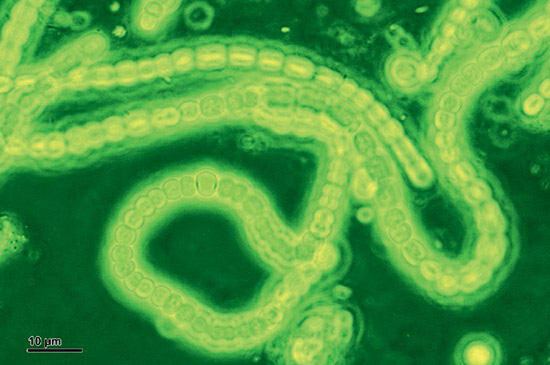The Archean era witnessed a significant shift in Earth’s atmospheric and oceanic composition, primarily due to the emergence and proliferation of photosynthetic organisms, particularly oxygen-producing cyanobacteria. Before these organisms appeared, free oxygen (O2) was scarce in the atmosphere and toxic to most life forms. However, since the rise of cyanobacteria, oxygen levels have dramatically increased, now constituting about 20 percent of Earth’s atmosphere. This shift has enabled the evolution of aerobic organisms, which thrive in oxygen-rich environments.
Geologic evidence points to a sudden shift around 2.5 billion years ago, known as “The Great Oxidation.” This event drastically altered the chemistry of the oceans and, eventually, the land. Some geobiologists also refer to it as “the Oxygen Catastrophe,” recognizing the massive extinction of anaerobic organisms due to rising oxygen levels in the oceans.
The global increase in atmospheric oxygen was a gradual process. As oxygen levels rose, it was periodically consumed by the oxidative weathering of seafloor and land sediments, particularly affecting iron-bearing minerals. This led to a peak in the creation of Banded Iron Formations around 2.5 billion years ago. It took another 2 billion years for oxygen production by microbes and later plants to exceed its depletion rate, allowing atmospheric oxygen to rise more rapidly to its current level. The precise timeline of atmospheric oxygen fluctuations remains a subject of ongoing research and debate.
Interestingly, the abundance of oxygen in Earth’s atmosphere is a distinct signal that could indicate the presence of life, not just to us but to alien astronomers studying our planet. Oxygen is considered a key biosignature in the search for life on other worlds, a testament to its fundamental role in Earth’s biological and atmospheric evolution.

